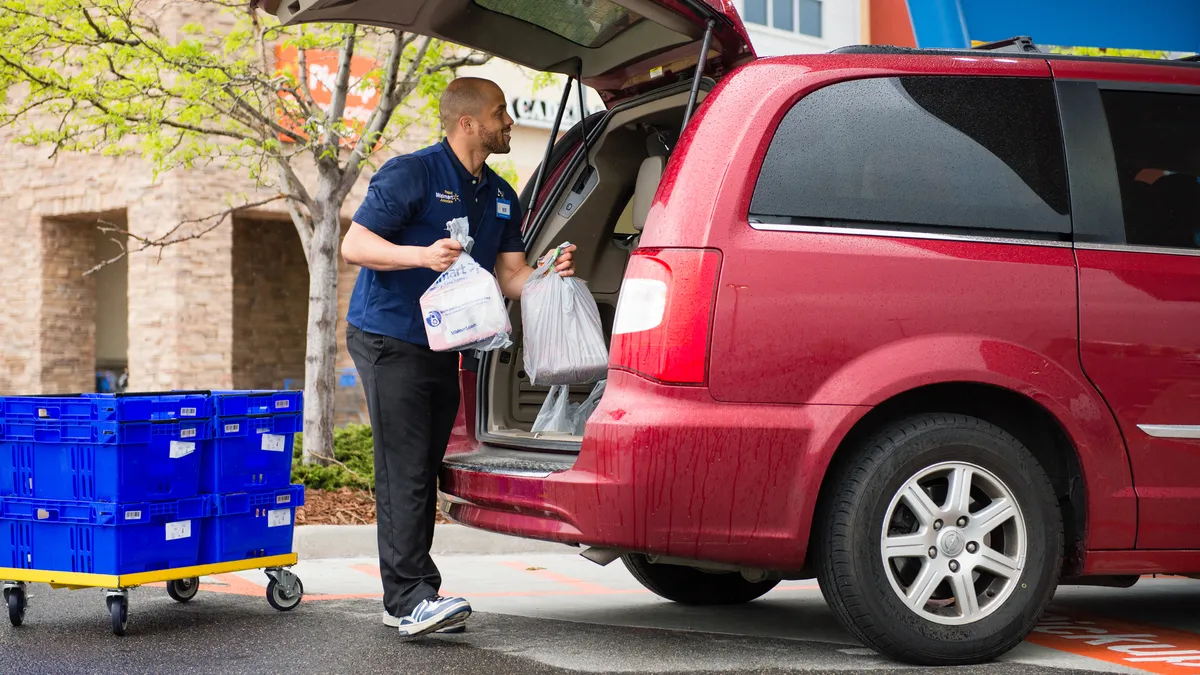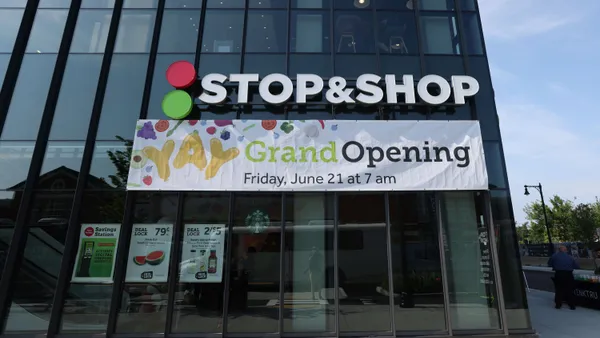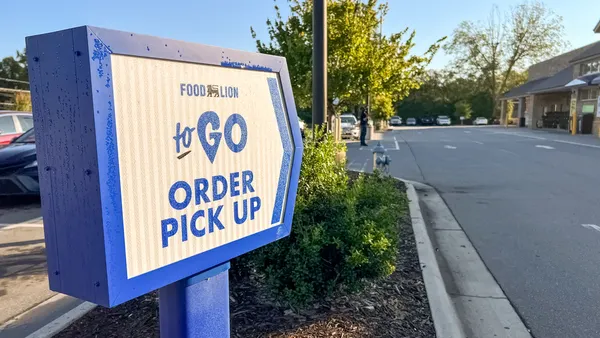Dive Brief:
- Walmart is testing a new last-mile delivery system called Spark Delivery in Nashville and New Orleans, with more metropolitan areas to come this year, according to a press release.
- The company will use its existing team of 25,000 personal shoppers to fulfill orders and integrate in-house infrastructure with third-party software and a supplier for delivery contractors.
- "Walmart is well on its way to bringing Delivery to 100 metro areas covering 40 percent of U.S. households. Today, the retailer’s Grocery Delivery service is available in nearly 50 markets including Atlanta, Chicago, Denver, Miami and Seattle," said the company in a press release.
Dive Insight:
Walmart has been rolling out grocery delivery to an expanding number of regions throughout 2018, primarily using third-party delivery platforms like Doordash, Deliv and Postmates. By the end of this year, the retailer plans to have same-day delivery available in 100 markets, serving 40% of U.S. consumers.
The details of how the company would deliver on that ambitious goal are firming up with today's' announcement that it is testing taking more control over the last mile — the most challenging and expensive part of any consumer delivery.
The contractor model is the primary one used by grocers today, with services like Instacart and Shipt relying on individual workers to pick grocery orders from stores and deliver them to shoppers' homes. Spark Delivery goes another step by encouraging entrepreneurs to establish their own fleets — a move that closely follows Amazon Flex, which the Seattle-based e-tailer expanded earlier this summer. Walmart will partner with Delivery Drivers, a nationwide firm specializing in last-mile contractor management.
For the software component, Walmart has developed some capability in-house while integrating software from Bringg, which powers last-mile deliveries for Panera Bread and restocks for Coco-Cola, among others.
Bringg provided "the structure that connects drivers with orders with customers with dispatchers," Bringg Communications Director Daniel Buchuk told Supply Chain Dive. The company also offers live tracking of deliveries by the receiver, much like watching an Uber driver make its way to the user's pickup location. Live tracking is rare in grocery delivery, which could set Walmart grocery delivery apart in the eyes of consumers.
"People want that transparency. They want to know exactly where that parcel is and that also saves time on site because the driver doesn't have to wait," said Buchuk, who confirmed that Walmart does plan to offer live tracking.
Walmart opted initially to focus on its less-expensive store pickup service, which is now available at hundreds of locations. After watching Whole Foods, Kroger and Target ramp up their delivery capabilities, though, the retailer now aims to become a leader in that service, as well. It currently offers delivery in 50 major markets, including Atlanta, Chicago, Denver and Miami.
Can Walmart outmaneuver its competitors? The company has a massive store footprint to leverage and a price proposition — $9.95 per order and a $35 minimum — that encourages profitable stock-up trips. It's also chipping away at costs by offloading the last mile to contractors, and by focusing on innovations like automated fulfillment.
So while Walmart may be late to the delivery game, it's quickly making up for lost time.















